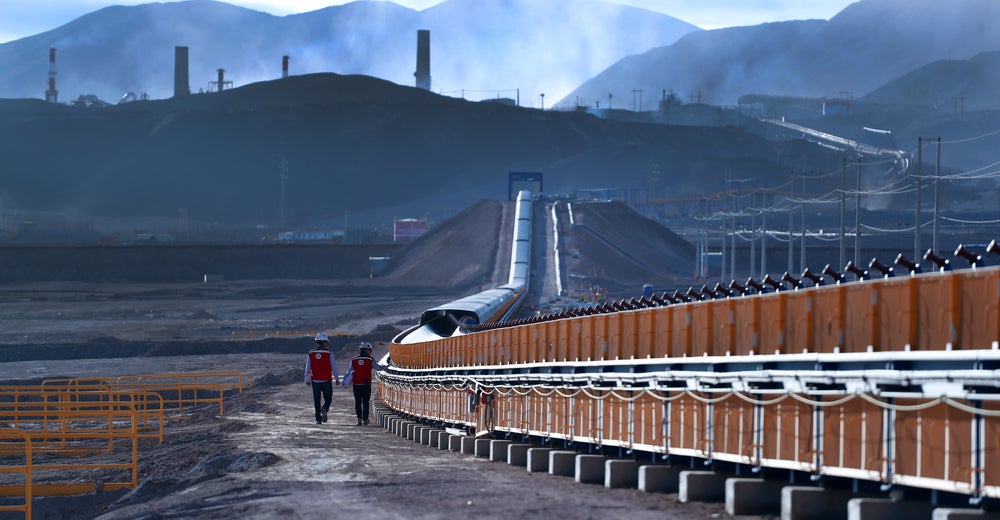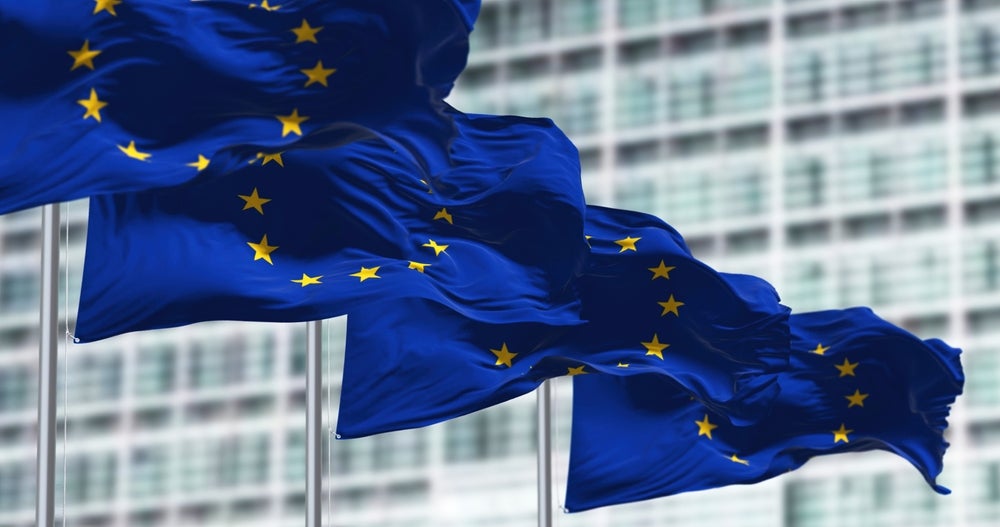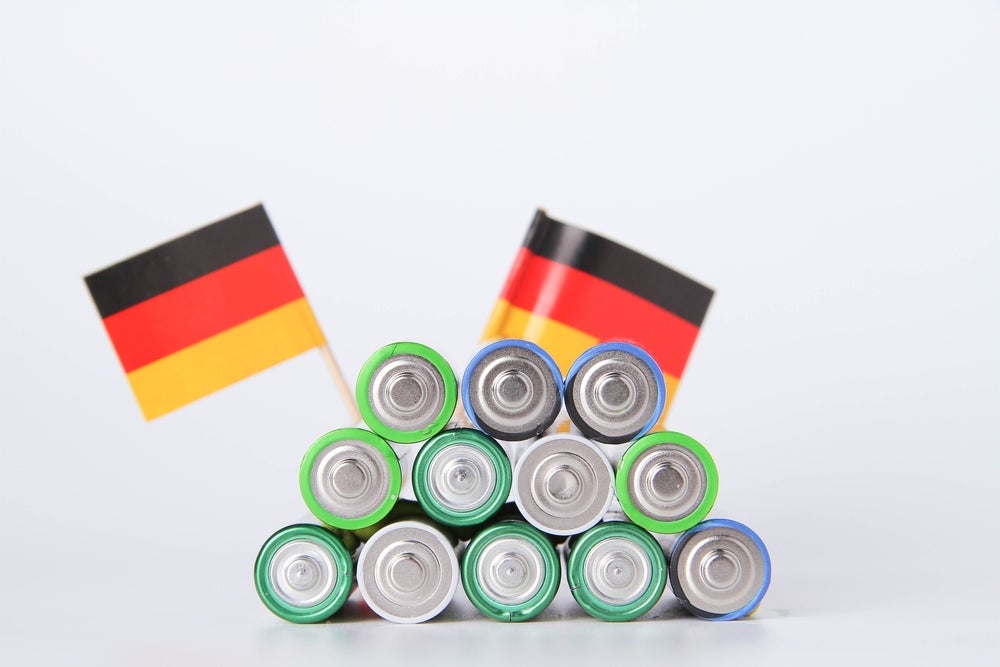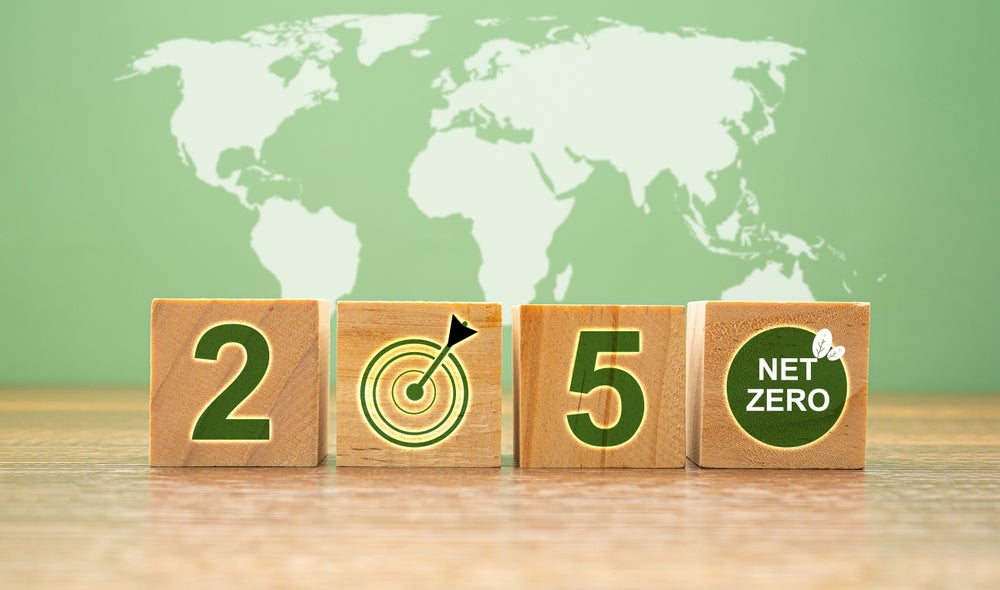Free trade is the cornerstone of a competitive economy as it contributes to the prosperity of any nation and creates socioeconomic benefits. It also drives job creation and fosters a more efficient and competitive industry.
In the words of Benjamin Franklin: “No nation was ever ruined by trade, even seemingly the most disadvantageous.”
Over the last decades, not only were nations not harmed by trade, but they have been reaping unimaginable benefits, which have transformed the standard of living and afforded them greater access to competitively priced goods.
The Arabian Gulf region is an important global trade hub that depends heavily on exporting oil derivates and raw materials to the world. After oil and gas, the chemical and petrochemicals industry is the second largest industry in the region and plays a vital role in the Gulf Cooperation Council economies. The value of chemical trade flow in the GCC reached $88.6 billion in 2021, with exports accounting for $68.6 billion: an increase of 56.5 percent in value in 2021 compared to the year before.
Off the back of this growth, chemical trade is emerging at the forefront of the regional agenda. In 2021, the region set a new record with its trade surplus reaching $53.7 billion (the highest since 2009).
Furthermore, growth in the GCC chemical industry translates into better job creation in the region. In 2021, the chemical sector accounted for 53,900 direct and 107,800 indirect jobs, and 48,500 induced jobs — or a total of 210,200 jobs.
While regional chemical trade has been buoyant over the last three years, opportunities to improve the chemical industry’s international trade position certainly exist. But to achieve this, the policymakers’ role is of paramount importance if we are to see growth in the share of free trade agreements and preferential trade agreements between the GCC and its trading partners. Such deals are increasingly being seen as beneficial to GCC’s economic growth as well as the sustainability of the regional chemical industry. From helping to raise living standards to attract foreign investment, fostering innovation in manufacturing, and connecting businesses with people, free trade deals have an unmatched potential to make industries more sustainable, improve revenues, generate more jobs for the local population, and facilitate the development of advanced technologies.
Free trade agreements will help the region’s downstream players to boost their innovation output and become more competitive globally. Robust provisions on intellectual property rights protection that potentially go beyond the standard protection envisaged in the World Trade Organization’s Agreement on Trade-Related Aspects of Intellectual Property Rights would reduce costs of trading in IP-sensitive goods and promote innovation in sectors, such as the chemical industry.
Free trade deals not only reduce and eliminate tariffs, but they also help to overcome behind-the-border barriers. As a result, companies can focus on producing and selling goods that best utilize their resources, while other businesses import scarce or locally unavailable goods and raw materials. It is a win-win situation for all. There is good news for local industries too. FTAs are proven to help small and medium-sized businesses to become more competitive and less reliant on government subsidies. Just imagine the sheer value that free trade agreements can unlock — for local communities, consumers, and the overall economy.
While it must be recognized that FTAs could reduce government revenues, which come from existing customs duties, this reduction in revenue would be offset by enabling GCC commodity exports to gain access to protected markets. Gaining access to new markets will in turn enhance the netback for regional exports and generate higher revenue for chemical firms, which are wholly owned by GCC governments.
The international trade landscape has been undergoing a series of tectonic shifts in the face of changing chemicals supply and demand centers, emerging economies claiming a larger share of international trade, world events, such as the war in Ukraine, supply chain challenges, the COVID-19 pandemic, and increasing protectionism.
So, what opportunities lie ahead for new FTAs? The GCC region has the highest intraregional trade share and intensity with China, India, and Turkiye. It has lower trade costs with this group of countries when compared with other economies. Consequently, free trade agreements with China, India, and Turkiye will prove to be beneficial.
If the GCC is signing or planning to sign such an agreement, it would be essential to know which goods are the most efficiently produced and select the most profitable sectors to maximize gains.
In a recent white paper issued by the Gulf Petrochemicals and Chemicals Association, we shared exclusive insights that can help policymakers evaluate the potential economic impact of a free trade agreement. It is a must-read for anyone looking to enhance their understanding of FTAs and their vital role in the chemical industry and the region.
To conclude, as we look to the next decades when the global population is projected to exceed 9 billion by 2050, demand for chemicals and agri-nutrients will continue to rise, creating unprecedented pressure on the industry to deliver its goods to an exploding global population. The GCC chemical industry has strong potential to benefit from the global increase in chemical demand, projected to double by 2050 and provide life-enhancing, safer, cheaper, and more durable chemical products to communities across the world.





